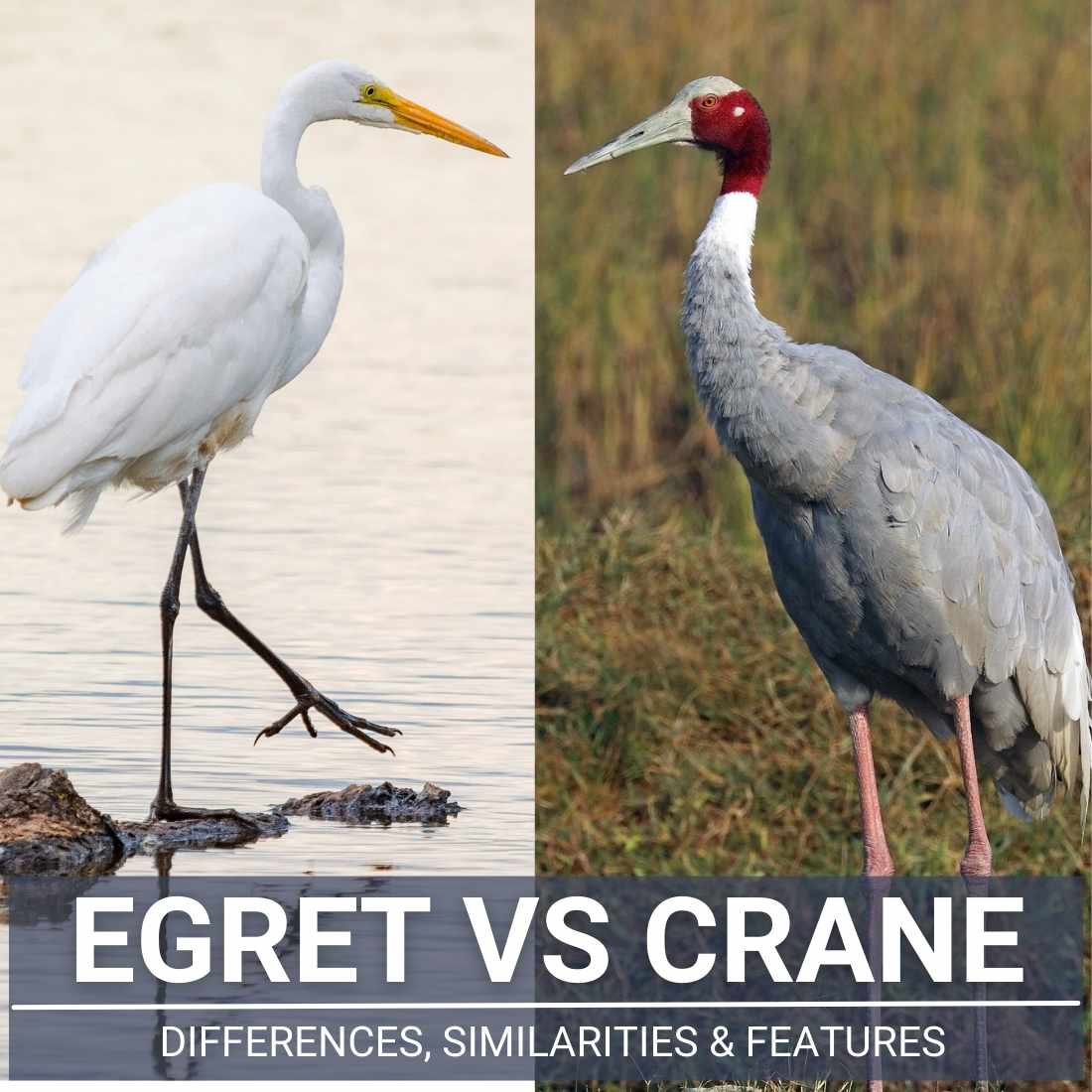The Egret and the Crane are both attractive large waterfowls. Both species have long white legs and s-shaped necks. They are somewhat monogamous too. Along with that, both species are migratory in nature. However, there are significant variances between them.
Table of Contents
Consider the overview presented below to observe how Egret and the Crane are different from one another.
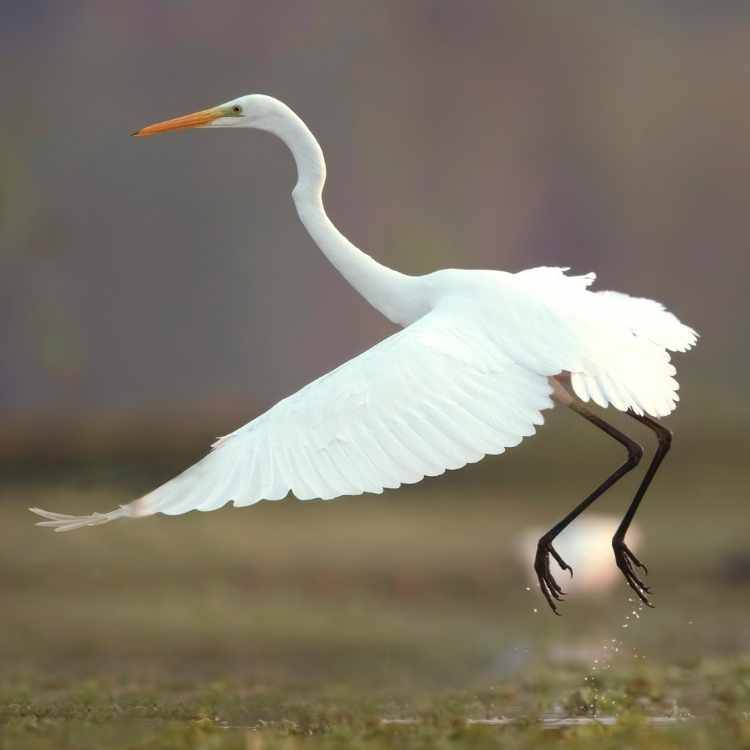
Overview Egret Vs Crane
| Egret | Crane |
|---|---|
| Egrets make dry nasal squeals with harsh calls. | Cranes produce rattling bugle calls that are very loud. |
| Egrets have a short tail that appears tailless | Cranes also have a short tail but are bigger than Egret |
| More sleekier body | Less sleeky body |
| Seasonally monogamous | Monogamous |
| 60 species | 15 species |
| Live throughout the world (near any water body) | Cranes may be found on every continent except Antarctica and South America. |
| Larger flock sizes (in thousands) | Their flock size range from 300-to 400 birds. |
| White or buff feathers | White and black feathers |
| Carnivorous | Omnivorous |
| The average lifespan is 15 years (wild) | The average lifespan is 20-30 years (wild) |
| Medium to long distant migrant | Long distant migrant |
| Have 2-3 eggs in on the clutch | Have 1-3 eggs in on the clutch |
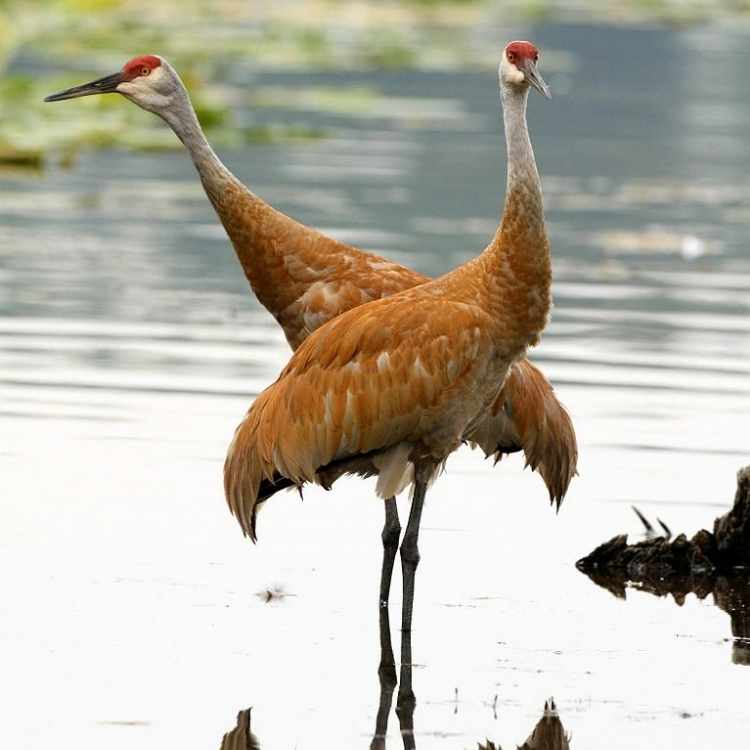
Differences between Egret vs Crane
Habitat
Egrets may be found all over the world, including the Americas (North and South), Eurasia, Asia, Australia etc. They are exclusively found in Africa during the non-breeding season when the breeding season is over. Egrets love to live near bodies of water and may be found along streams, lakes, saline and freshwater marshes, muddy regions, and canals, among other places.
On the other hand, Cranes are members of the Gruidae family, including around 15+ species globally. Cranes are a critically endangered bird, with about 220 superb cranes remaining in the wild and a nearly identical number in captivity at any given time. This species may be found in the marshland of Wood Buffalo National Park in Canada as well as Wisconsin’s wetlands during the summer months. They may be seen in Texas’ Aransas National Wildlife Refuge and Kissimmee Prairie during the winter.
Appearance
The feathers of an egret are entirely white. With a big, pointed yellow beak and long gray to blackish legs, it has no webbed feet and toes that are incredibly long. The Egret’s back is covered with long, frilly, and delicate plumes that curve around its tail during the mating season. Males and females are similar in appearance, although the males are somewhat bigger.
Cranes’ heads, beaks, and necks are proportionally bulkier than their bodies, and their neck is in “S” shape while flying. Unlike other birds, cranes have quick wing movements and fly with their wings elevated above their bodies.
Size
The Egret (mainly the great Egret) is a massive bird with complete-white feathers that can be seen from a distance. This species may grow to be up to 3.5 feet tall and measure 3 to 42 inches in length, with a wingspread ranging from 54 to 67 inches.
The Crane (particularly the whooping Crane) is the largest bird in North America, at 50-52 inches tall and soaring up to 6.8-7.0 feet in the air. It is also the most endangered. Its wingspan makes it one of the giant birds on the planet.
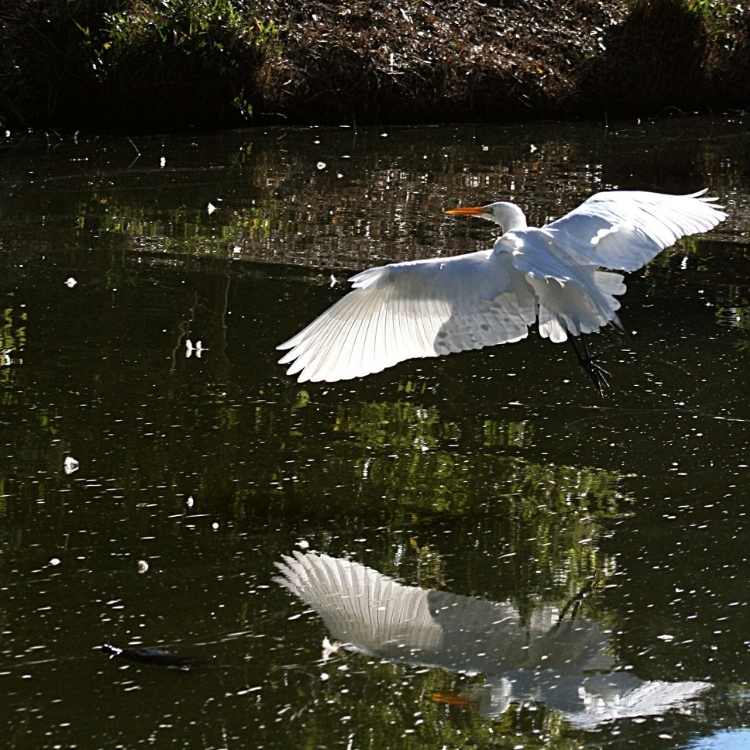
Diet
Egrets are carnivores, which means they eat meat. Their typical diet consists mainly of fish, which they catch themselves. They may, however, prey on a broad variety of aquatic species, including amphibians and crabs, depending on their diet. They will also eat terrestrial animals such as rats and grasshoppers, amongst other things.
On the other hand, cranes eat diverse foods, including both animal and plant stuff. When they are feeding on land, they eat berries, herbs, nuts and oaks, strawberries, fruit, bugs, worms, crabs, tiny reptiles, small mammals, and even small birds.
Behavior
Egrets fly slowly yet forcefully, with just two wings flapping per second, traveling at a pace of around 20-25 miles per hour on average. It mainly hunts by wading, although it may occasionally swim to catch prey or hover above the water and dip its bill to catch fish if there is enough food.
The male Egret chooses a nesting site and sets up a display there, initially scaring away all other seabirds and subsequently wooing females. Singing, circular flying, extending neck up with beak pointing aloft, and other displays are characteristic of mating displays.
On the other hand, Cranes are nocturnal birds with varying levels of sociality depending on the season and place. During the mating season, they are pretty territorial and like to spend the majority of their time in their area. The opposite is true during the non-breeding season when they like to congregate in big groups to roost, interact, and in some instances, forage for food. Male cranes also show singing, dancing, and other behavior at the time of mating.
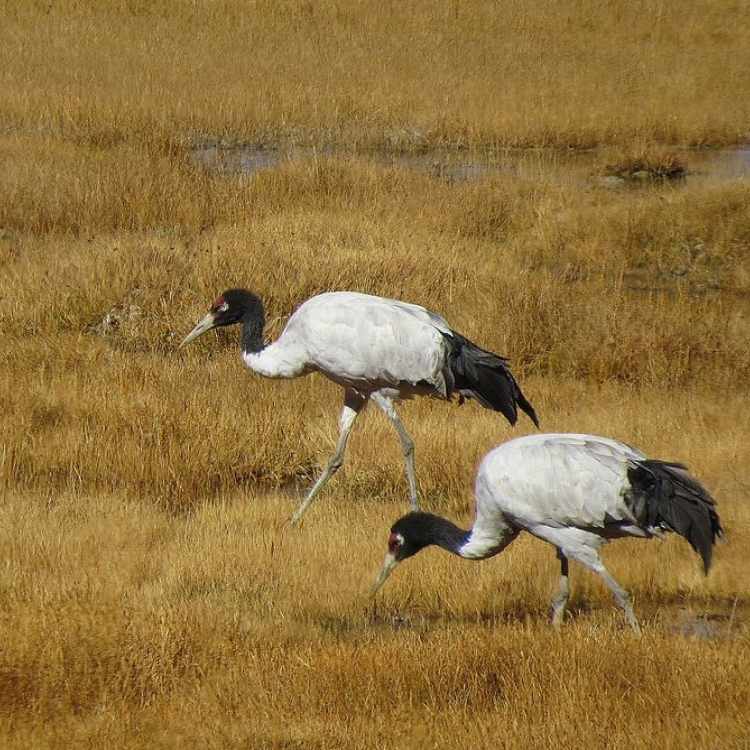
Similarities between Egret vs Crane
The Egret and the Crane are both interesting large birds. Both species have long legs and slender necks (S-shaped). They are somewhat monogamous, i.e., mate with the same partner for the rest of their lives. Both species are migratory in nature, and they travel a long distance during severe winter. Due to the effects of modern development, global warming, habitat and prey loss, as well as other environmental concerns, the populations of both the waterfowls are at risk of decline. Both species are spectacular to observe in their natural environments, which may be accomplished through bird-watching activities.
Interesting facts about Egrets
The Great Egret typically feeds by wading across the water. However, swimming to grab prey on a few occasions has been observed. In addition, egrets may often be seen hovering over the ocean’s surface, searching for food items, as well as diving beneath the surface of the water to grab fish.

Here are some more exciting facts about Egrets:
- Great egrets have an average lifespan of 15-16 years in the wild and 20+ years in captivity.
- Great Egrets are frequently the first species to emerge in mixed-species colonies.
- They lay pale blue-green eggs.
- We have more articles about the egret – see also Egret Symbolism.
Here you can check all Egret sounds
Interesting facts about Cranes
Cranes’ bodies resemble those of herons, although they are more extensive. Although most cranes are brown, grey, or white, African crested cranes have an impressive gold feather crest on their heads.
The Crane’s mating dance is a spectacular sight.
The male Crane spreads a piece of his wing across his back to join the female Crane in their call. They exchange words for roughly 10 seconds. Experts say these cries help monogamous couples unite and protect their territory.
Other fun facts about Cranes:
- Cranes are monogamous throughout their lives.
- Some cranes can fly up to 60 mph over the Himalayas.
- Cranes lengthen their necks and make a deep bow.
- We also compared the Crane vs Heron, Stork vs Crane and discussed the crane symbolism.
Here you can check all Crane sounds
Field Identification Tips
Egret
Egrets are medium-sized birds with a height of up to 3 feet and a wingspan of around 5 feet on average. They have a lengthy, golden, spear-like bill and black feet and legs. They have white of buff plumage.
Crane
They are the giant North American bird, standing up to 5 feet tall with a wingspan of 7 feet. In addition, they have S-shaped necks along with black and white plumage.
Final Verdict
The Egret and the Crane are both fantastic to witness in their natural habitats while participating in bird-watching activities. Neither species is immune to the threat of population decrease posed by human growth, global warming, habitat and prey destruction, and other environmental factors.
